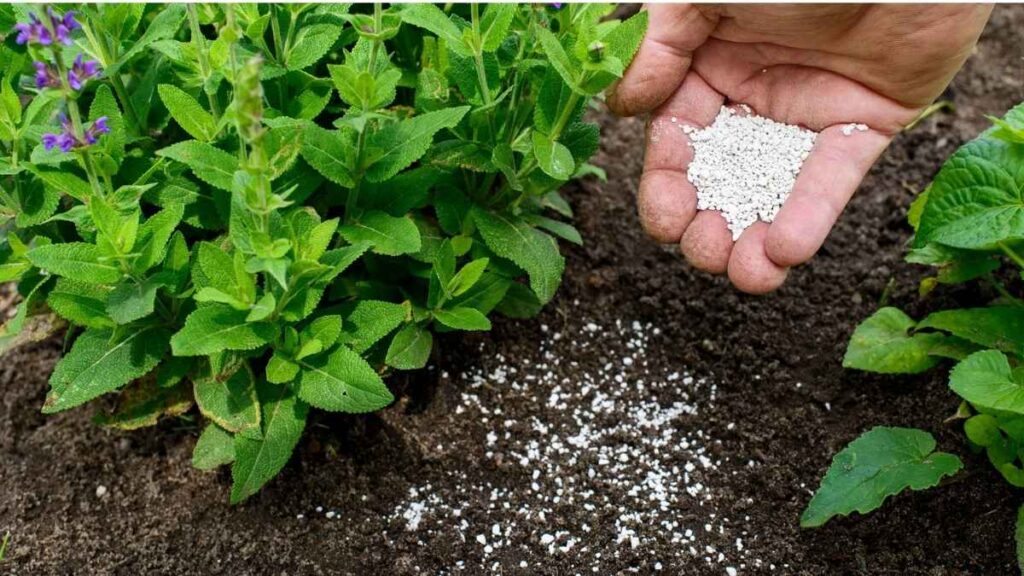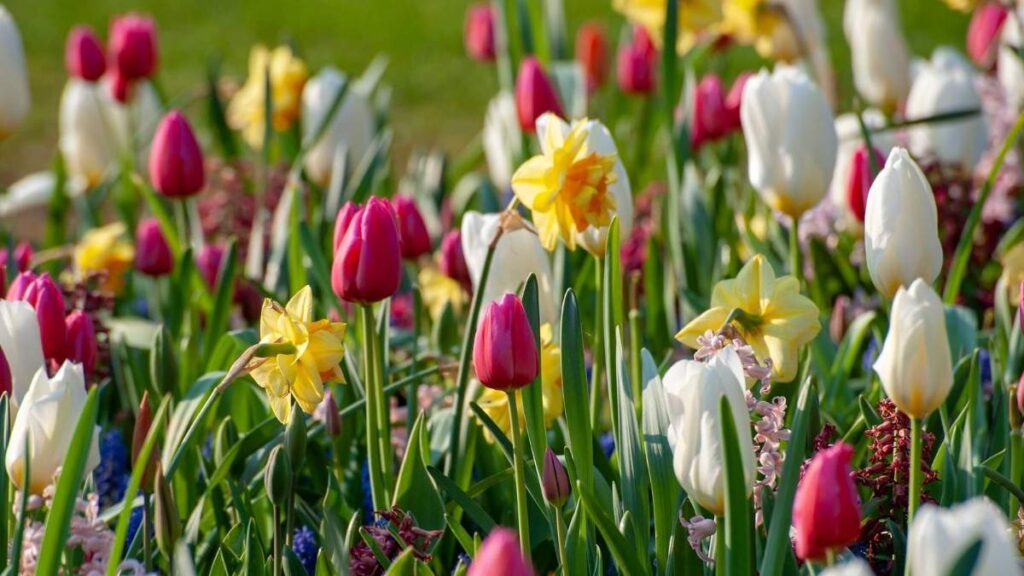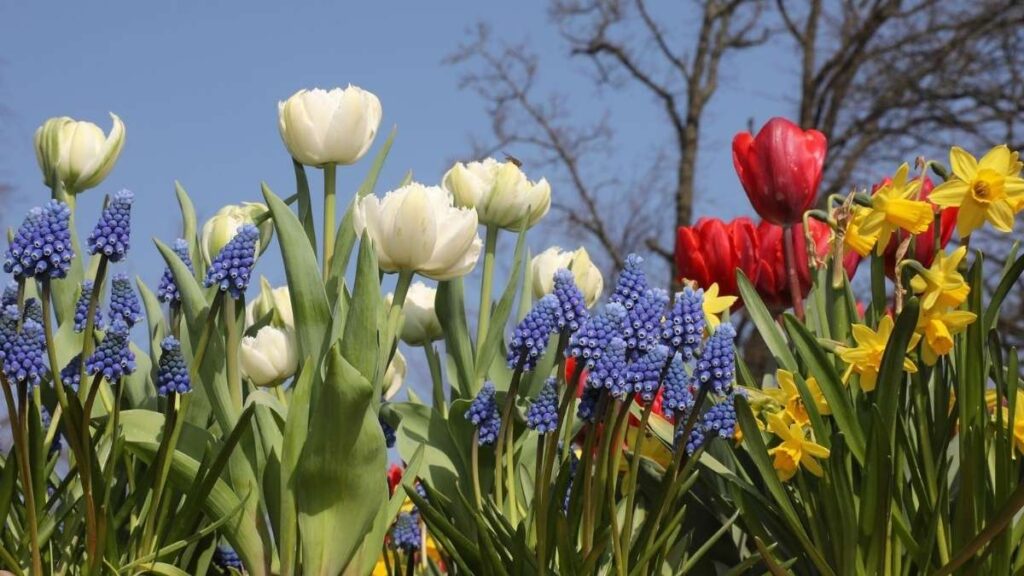Spring bulbs are an enchanting way to bring early-season color and beauty to your garden. Whether you’re an experienced gardener or a beginner, planting bulbs correctly is essential for ensuring vibrant blooms year after year. Here are ten expert tips from the team at Old House Gardens to help you succeed with your spring bulb planting.
1. Choose the Right Bulbs for Your Region
Selecting the right bulbs for your climate is the first step in ensuring your garden thrives. Some bulbs, like tulips and crocuses, do well in cooler climates, while others, such as daffodils and alliums, can tolerate warmer temperatures. Before purchasing bulbs, check your USDA hardiness zone and make sure the bulbs you’re considering will grow successfully in your area.
2. Plan Your Garden Layout

A well-planned layout will create a visually pleasing arrangement when your bulbs bloom. Consider planting bulbs in groups or drifts rather than in single rows. This adds depth and dimension to your garden. Pay attention to the height of each variety; tall flowers like lilies should be placed at the back, with shorter varieties such as crocuses and primroses in the front.
3. Plant at the Right Depth
One of the most important planting tips is to plant bulbs at the correct depth. As a general rule, bulbs should be planted about three times as deep as the bulb is tall. For instance, a 2-inch-tall bulb should be planted about 6 inches deep. Planting too shallow can expose the bulbs to frost, while planting too deep can stunt their growth.
4. Improve Soil Drainage

Bulbs dislike sitting in soggy soil, as it can cause them to rot. Ensure that the soil drains well by improving its texture. If your soil is heavy and clay-like, mix in some sand or organic matter like compost to improve drainage. In areas where the soil doesn’t drain well naturally, consider planting bulbs in raised beds or containers for better results.
5. Add Fertilizer for Healthy Blooms

Bulbs benefit from a little extra nutrition, especially when they’re first planted. Incorporate a slow-release bulb fertilizer or organic compost into the soil before planting to give them a good start. Avoid over-fertilizing, as this can lead to lush foliage but fewer flowers. A balanced, low-nitrogen fertilizer will encourage strong roots and beautiful blooms.
6. Water Wisely After Planting
While it’s essential to water your bulbs after planting, it’s just as important not to overwater them. Bulbs should not sit in waterlogged soil, as this can lead to rot. Water the bulbs thoroughly after planting, but ensure the soil remains well-drained. Once they start to sprout, continue watering regularly, but be mindful not to soak them excessively.
7. Consider Companion Planting

Spring bulbs look even more striking when planted alongside other plants that complement their colors and textures. Try pairing bulbs with perennial plants that bloom later in the season, such as daylilies or hostas. Companion plants also help to disguise the fading foliage of bulbs once they’ve bloomed, ensuring your garden remains attractive throughout the growing season.
8. Protect Bulbs from Critters
Many gardeners struggle with bulbs being eaten by pests such as squirrels, rabbits, and deer. To protect your bulbs, consider using physical barriers like wire mesh or plant cages around them. You can also try sprinkling the planting area with blood meal or castor oil, which is known to deter animals. Some gardeners even recommend planting bulbs that animals typically avoid, such as daffodils, which are toxic to many creatures.
9. Time Your Planting Right
Timing is crucial for bulb planting success. The best time to plant spring bulbs is typically in the fall, well before the first frost. This gives them enough time to establish roots before winter sets in. Planting too early may cause the bulbs to sprout prematurely, while planting too late can result in poor root development.
10. Know When to Leave the Bulbs Alone

Once your bulbs are planted, resist the temptation to disturb them. Bulbs need time to establish themselves in the soil and to build energy for the next growing season. Avoid digging them up in the spring or summer, even if they seem dormant. Let them finish their bloom cycle, and then allow the foliage to die back naturally. The leaves provide energy for the bulb to use in future seasons.
Conclusion
Planting spring bulbs can be a rewarding experience, offering beautiful flowers and a bright start to the gardening season. By following these expert tips from Old House Gardens, you’ll set yourself up for success, enjoying a stunning garden full of vibrant blooms year after year. Remember that patience is key, and with the right care, your bulbs will reward you with their breathtaking beauty.



